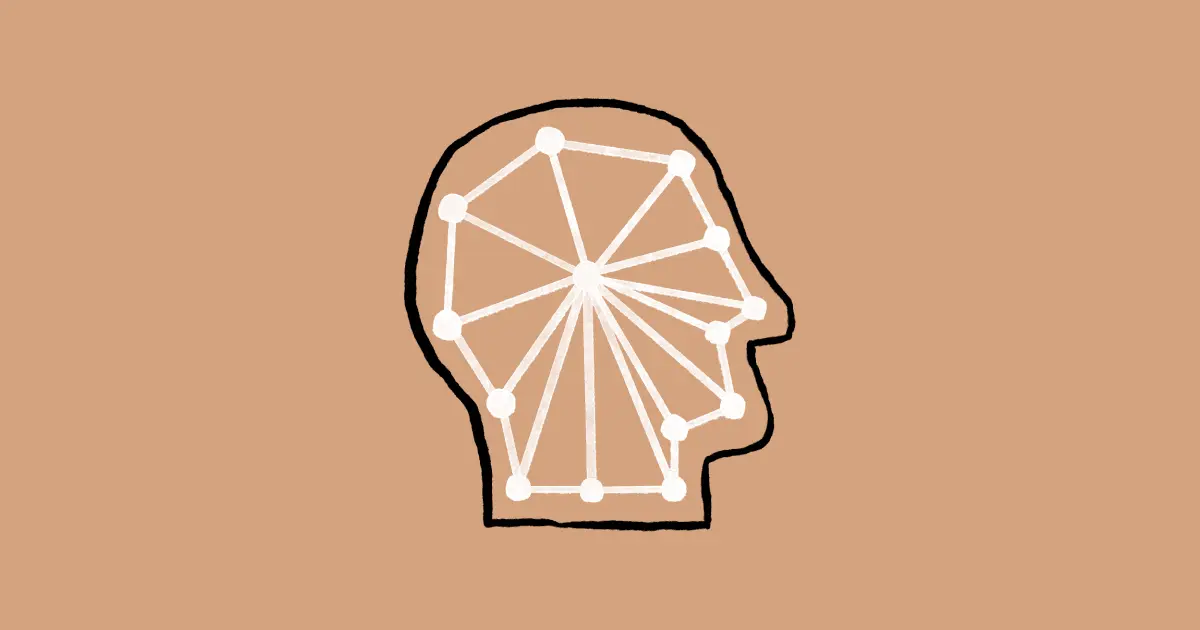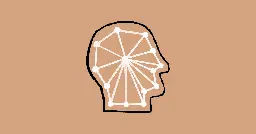Mapping the Mind of a Large Language Model
Mapping the Mind of a Large Language Model

www.anthropic.com
Mapping the Mind of a Large Language Model

I often see a lot of people with outdated understanding of modern LLMs.
This is probably the best interpretability research to date, by the leading interpretability research team.
It's worth a read if you want a peek behind the curtain on modern models.

